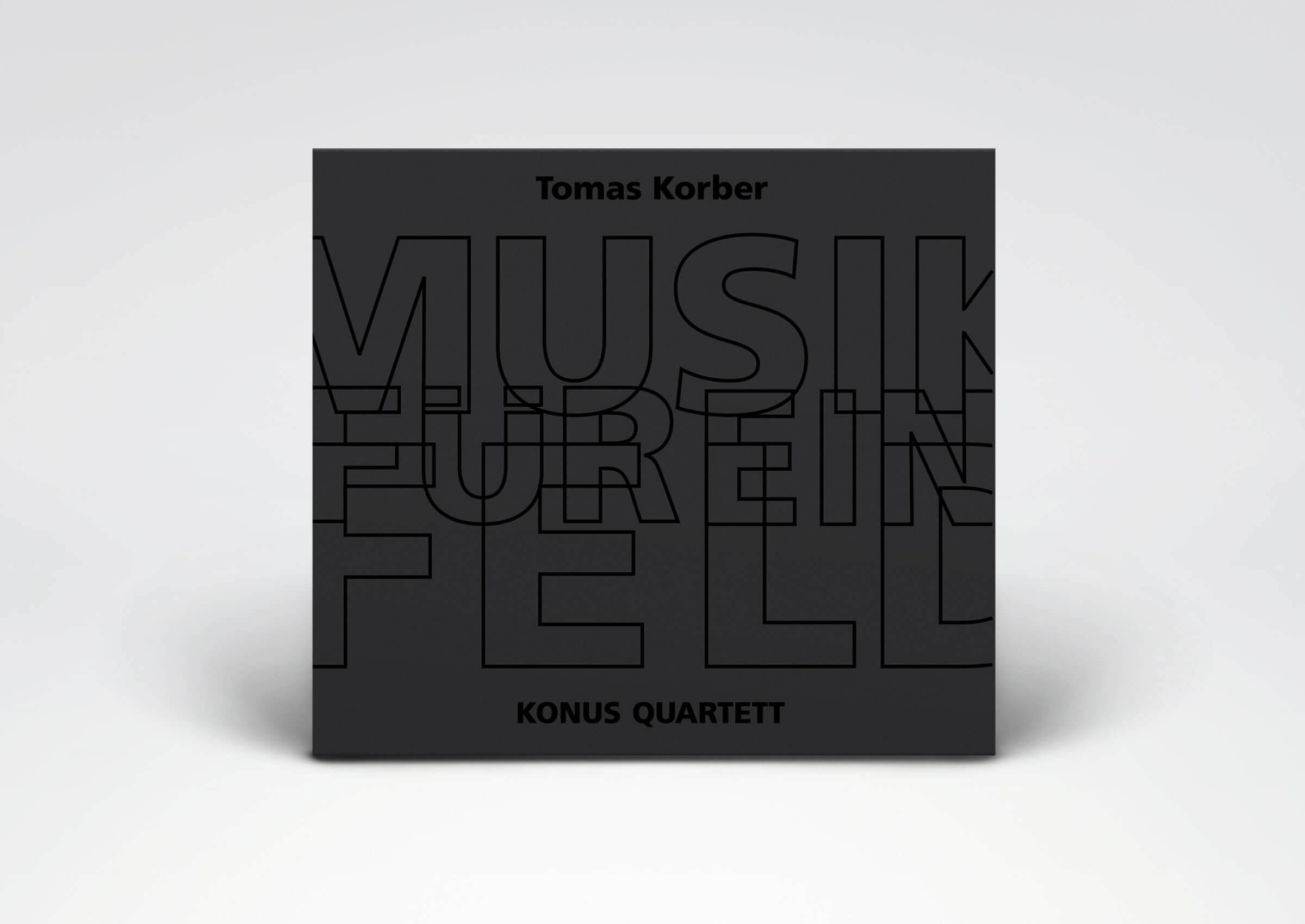

Richard Haynes
ghosts of motion (2021)
item number CR374
CD Edition
released January 15, 2021
buy it on bandcamp


About «ghosts of motion»
World premiere recordings of contemporary solo works for clarinet d’amore in G: an instrument that has only recently enjoyed a successful renaissance. With an extended range instrument, a modern keywork and skills informed by over two decades of composer-performer collaborations, this album reveals a member of the clarinet family that was until now relegated to the genre of historical performance practice. “ghosts of motion" makes a strong case for why repertoire for clarinet d’amore should continue to be developed and why the instrument is highly individual, even among a relatively large family.
In the summer of 2016, I took a phone call that ultimately marked the start of this project. Samuel Andreyev, composer, writer, fellow wind player and equally interested in more obscure instruments, proposed the idea of a modern clarinet d’amore boasting the extended range of a basset instrument.There was a gap in a family of instruments that has always been confusing in terms of its nomenclature. Technological advancements have meant that the traditional transpositions of clarinets are now somewhat arbitrary: we can do almost anything on almost all clarinets, so what’s in a label? Well, it’s all about the character of sound.
The clarinet d’amore was an instrument that was in popular use in the latter half of the 18th century. Over the course of this time, clarinet makers in Western Europe applied their skills to creating many and varied models, almost all of which bore the visual markers of a globular (as opposed to flared) bell and a curved neck, and we have been able to identify differences in style and build through examining extant clarinets d’amore in museums and private collections, defining just exactly what set the clarinet d’amore apart from its siblings of the time: soprano clarinets, the basset clarinet, basset horn and alto clarinet, all in various transpositions. The reasons for the gradual disappearance of the clarinet d’amore are most importantly changing demands on the acoustic properties of wind instruments during the romantic era and the decided success of the basset horn. The clarinet d’amore was a relatively quiet instrument possessing a narrow bore, small toneholes and a bell that ensured a covered, woody sound. It was popular within the context of salon concerts though did enjoy some cameo spotlights in large ensemble works. The basset horn, by contrast, enjoyed a high degree of attention, not only due to its association with Freemasonry and the powerful trio of men* who raised it to notoriety, but also on account of its extended low range, enabling it to play any of the voices in a classical trio setting.
Whilst there was often confusion on the part of composers in the 18th and 19th centuries with regard to ranges and transpositions of clarinets d’amore and basset horns alike, the most common modern properties of these instruments are no longer interchangeable, and repertoire — most notably by Karlheinz Stockhausen — has evolved to reflect this fact. There remains also a reservoir of works written for clarinets in G and/or clarinets d’amore (also in various transpositions) that could be accessed and performed on modern, completely cylindrical bore instruments without resorting to transcriptions for basset horn.
The clarinet d’amore, whilst vanish- ing for understandable reasons, is an instrument that can today enjoy a successful renaissance due to the changing and diversifying con- cert culture. The concert scene is no longer singularly dominated by orchestras: chamber music, in particular the multifarious forms of ensemble playing brought about by innovative composers and per- formers, is fertile ground upon which to grow repertoire that includes clarinet d’amore. In commissioning this instrument from clarinet makers Schwenk & Seggelke, my hope is that the clarinet d’amore can again take up its place in concert culture and within the clarinet family, truly embodying the darker, shadowier side of the spectrum whilst boasting a range and technical offering, that is comparable with modern technological innovations in more common clarinets. I have thus taken the responsibility upon myself to rebuild a context for music for clarinet d’amore, focussing on how it sets it- self apart from the rest of the clarinet family. As it was throughout history and still is today, it takes a performer to spur on creation of repertoire that will survive the test of time and it is my hope to continue to do this, with an even more complete clarinet family as my arsenal.
Richard Haynes, December 2020
Audio
ghosts of motion - Chris Dench
Carica d'amore - James Gardner
Schattenlinie - Matthias Renaud
...süsses Unheil... - Walter Feldmann
A Line Alone - Samuel Andreyev
huso huso - Jonah Haven
incubation - Sean Quinn
About Richard Haynes
Richard Haynes performs music spanning the 18th to 21st centuries all over the world in a multitude of contexts. During the course of undergraduate study at the Queensland Conservatorium of Music and further study at the University of Arts Bern his teachers included Brian Catchlove, Paul Dean, Ernesto Molinari, Diana Tolmie, Donna Wagner-Molinari and Floyd Williams.
Since his solo debut with the Queensland Symphony Orchestra at the age of 17 performing the Clarinet Concerto by John Veale, Richard Haynes has performed further concerti by Copland, Mozart, Rankine, Smetanin, Westlake and Xenakis to acclaim, won the title of Australia's Young Performer of the Year and the Australian Art Music Award for Performance of the Year and has received invitations to the academies of Acanthes, Bang on a Can, Darmstadt, Ensemble Modern, impuls and Lucerne Festival. Richard Haynes has maintained regular concert activity in Europe, the USA, Asia, Australia and New Zealand over the last 15 years and is a 1st Prize Winner of the International Concours Nicati Switzerland and the 2008 recipient of the Tschumi Music Prize.















